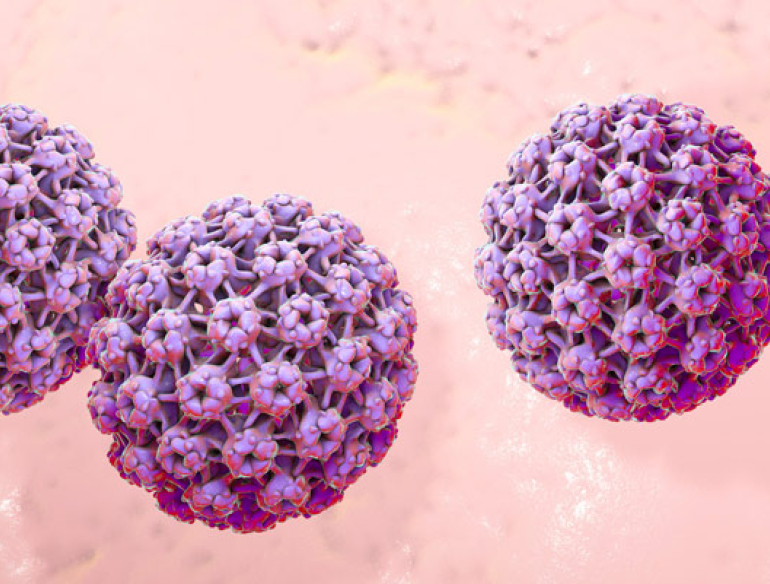(SYDNEY Australia, Friday 5 October 2018) In the last 10 years, there has been a 90% reduction in genital warts in young Australians aged between 15–20 years, according to new Kirby Institute data presented today at the 32nd International Papillomavirus Conference in Sydney. The researchers attribute the reductions to the impact of Australia’s highly successful National HPV Vaccination Program, which was introduced in 2007.
The Genital Warts Surveillance Network, led by the Kirby Institute in partnership with a network of Australian sexual health clinics, is the world’s largest study monitoring the impact of national-level HPV (human papillomavirus) vaccination. Genital warts are caused by HPV, and monitoring the prevalence of warts in a population is an early indicator for the reduction in prevalence of HPV.
Professor Basil Donovan, head of the Sexual Health Program at the Kirby Institute, is the lead researcher on the study. “These reductions in genital warts are extremely encouraging and internationally unprecedented. Australia really is a world leader in HPV screening and vaccination,” said Professor Donovan.
“Our surveillance study has been collecting data from a network of 36 sexual health clinics since 2004, so before the national vaccine program commenced. Since the introduction of the HPV vaccine, genital warts have decreased markedly in young heterosexuals aged 15–20 years, with a 92% reduction in females (from 9.0% to 0.7%) and 90% in males (from 6.3% to 0.6%),” said Professor Donovan. “There is also a herd protection effect; we were able to see a decline in genital warts in young men, even before the vaccination was offered to boys in 2013.”
The National HPV Vaccination Program has been running in Australia since 2007. It was first offered to Australian girls aged 12–13 years through state-run School Based Vaccination Programs, along with a two-year catch-up program for women aged up to 26 years. In 2013, boys aged 12–13 years were also added to the program.
Dr Eric Chow from the Melbourne Sexual Health Centre and Monash University, who analysed the data and presented at the conference today, said, “The reduction in genital warts is a fantastic outcome, but importantly, we’re also seeing significant reductions in HPV prevalence and cervical pre-cancer. The Cancer Council NSW has estimated that by 2035, Australia could become the first country to eliminate cervical cancer. These reductions in genital warts support this modelling, and clearly demonstrate the unprecedented success of Australia’s National HPV Vaccination Program.
The genital warts surveillance study is funded by Seqirus Australia and the Australian Government Department of Health. Seqirus produce the GARDASIL® vaccine, which has been offered to all Australian born females aged under 36 years and males under 19 since 2016.
Media contacts:
Luci Bamford, Media and Communications Manager, Kirby Institute, 0432 894 029, lbamford@kirby.unsw.edu.au
Leah Humphrys, Media and Communications Advisor, Alfred Health, 0438 187 529, l.humphrys@alfred.org.au
